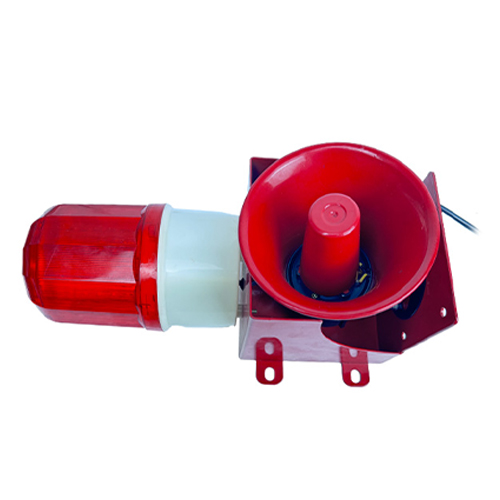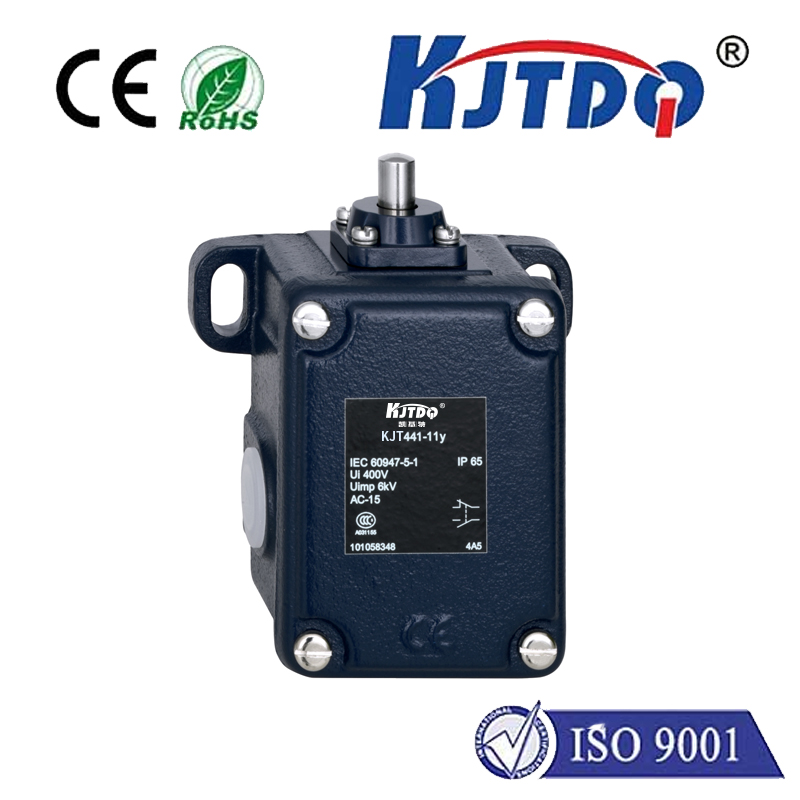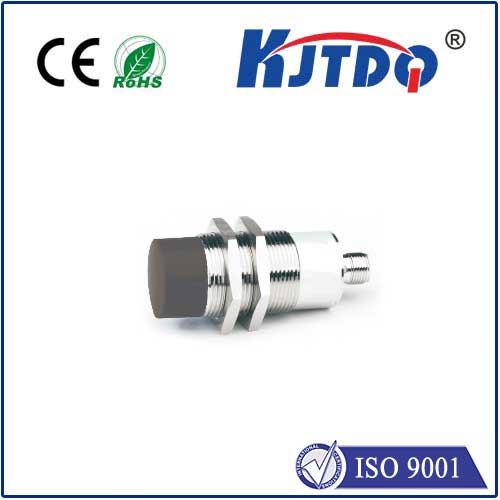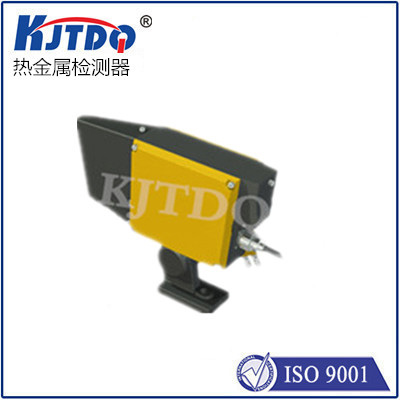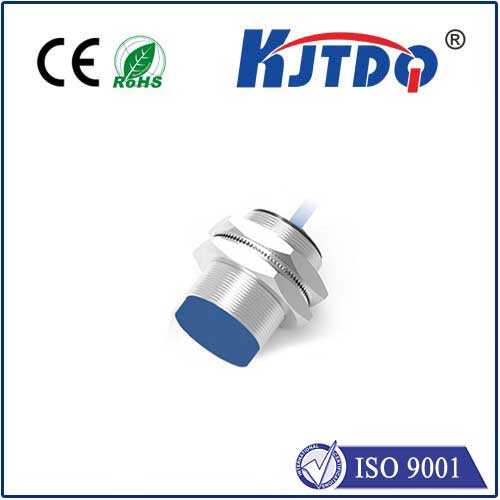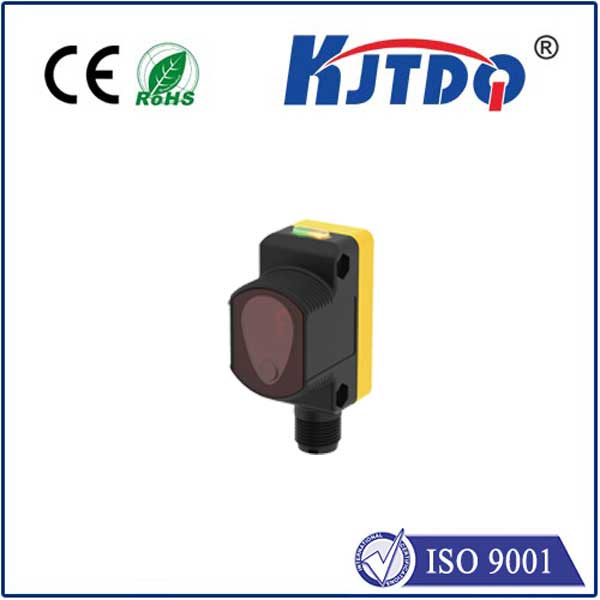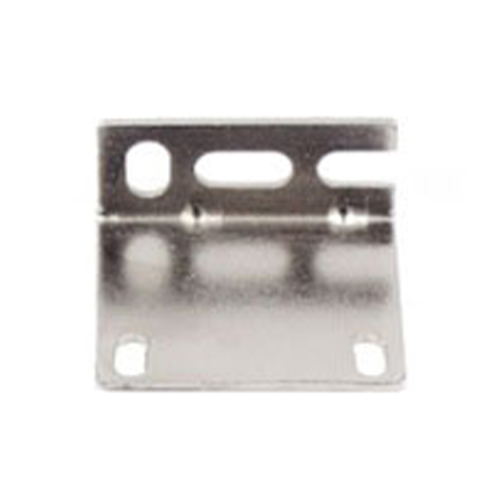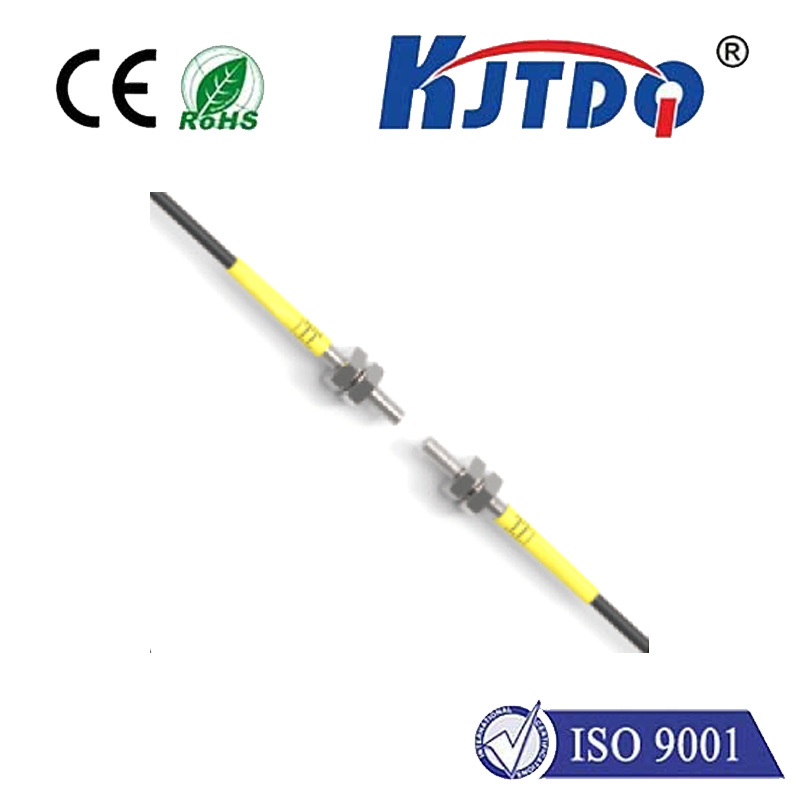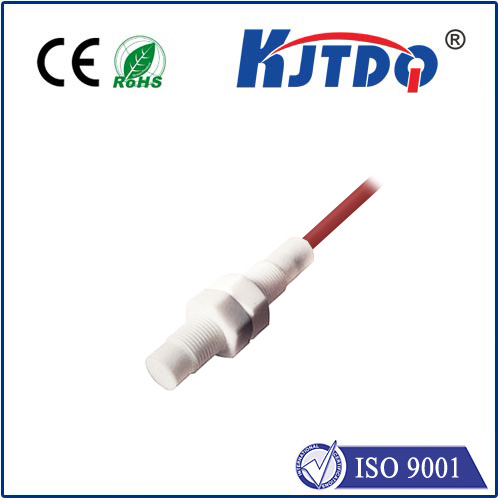electro optical sensor
- time:2025-08-13 14:11:33
- Click:0
Electro Optical Sensors: The Silent Guardians of Sight Beyond Human Vision
Title: Electro Optical Sensors: Illuminating the Invisible, Powering Modern Technology
Imagine a drone silently surveying disaster zones through thick smoke at midnight. Picture a surgeon performing minimally invasive procedures with enhanced, real-time internal views. Envision satellites precisely monitoring crop health from hundreds of miles above Earth. What invisible force empowers these feats? Electro Optical (EO) sensors. These sophisticated devices, operating at the critical junction of light and electronics, are the often unseen but indispensable eyes of our technological age, enabling us to see, measure, and understand the world in ways far beyond natural human capability.
Demystifying the Core: How Do EO Sensors Work?
At their essence, electro optical sensors convert light (photons) into electrical signals (electrons). This fundamental process allows them to detect visible light and often extend into the infrared (IR) or ultraviolet (UV) spectrums. Here’s a simplified breakdown of the core technology:

- Light Collection: Optical elements (lenses, mirrors) focus incoming photons onto the sensor’s sensitive surface. This can be tailored for specific wavelengths.
- Photon Detection: The heart of the sensor is the detector material (e.g., Silicon CCD/CMOS for visible/near-IR, Indium Gallium Arsenide for SWIR, Mercury Cadmium Telluride for MWIR/LWIR). When photons strike this material, they generate electrical charges (electrons).
- Signal Conversion: These generated charges are accumulated and converted into a measurable electrical signal (voltage or current).
- Signal Processing: The raw electrical signal is amplified, filtered, digitized (by an Analog-to-Digital Converter - ADC), and processed by sophisticated electronics. This step is crucial for reducing noise, enhancing contrast, and preparing data for interpretation.
- Output: The processed digital data forms an image or a stream of measurements usable by computers, displays, or control systems.
The Power of Sight Across the Spectrum
One of the most significant advantages of EO sensors is their ability to operate across different wavelengths, unlocking capabilities invisible to the naked eye:
- Visible Spectrum: Standard imaging, color recognition, high-resolution inspection (machine vision), photography.
- Near-Infrared (NIR): Penetrates some materials, used in agriculture (plant health monitoring), sorting, surveillance, laser detection.
- Short-Wave Infrared (SWIR): Sees through fog, smoke, and certain plastics; essential for low-light surveillance, semiconductor inspection, and material identification. SWIR technology is rapidly advancing accessibility.
- Mid-Wave Infrared (MWIR) / Long-Wave Infrared (LWIR): Detect heat signatures (thermal imaging). Vital for night vision, firefighting, predictive maintenance (detecting overheating components), security, and medical diagnostics. Passive LWIR sensors require no illumination.
Where Electro Optical Sensors Make an Impact: Ubiquitous Applications
The versatility of electro optical systems ensures their presence in almost every advanced technological field:
- Defense & Security: The cornerstone of modern warfare and surveillance. Targeting systems, missile guidance, night vision goggles, thermal weapon sights, perimeter surveillance, Intelligence, Surveillance, and Reconnaissance (ISR) via drones, aircraft, and satellites rely heavily on advanced electro optical/infrared (EO/IR) payloads.
- Industrial Automation & Machine Vision: Driving efficiency and quality control. EO sensors perform high-speed inspection on production lines, precise robotic guidance, dimensional measurement, barcode reading, surface defect detection, and sorting tasks with superhuman speed and accuracy.
- Environmental Monitoring & Earth Observation: Satellites equipped with sophisticated EO imagers track deforestation, monitor ocean health, assess agricultural yields, predict weather patterns, and map terrain with incredible detail.
- Medical & Scientific Research: Enabling breakthroughs and better care. Used in endoscopes, microscopes, spectroscopy (chemical analysis), DNA sequencing equipment, pharmaceutical research, and non-invasive diagnostic tools.
- Consumer Electronics & Automotive: Foundational to everyday devices. Smartphone cameras, facial recognition systems, gesture controls, automotive driver-assistance systems (ADAS) like lane departure warning and night vision, Lidar for autonomous vehicles, and augmented reality (AR) all depend on miniaturized electro optical components.
- Aerospace & Aviation: Critical for navigation and safety. Aircraft landing systems, runway surveillance, drone navigation, collision avoidance, and space exploration rely on robust EO sensors.
Key Performance Parameters: Choosing the Right Eye
Selecting the appropriate EO sensor hinges on understanding its critical specifications:
- Sensitivity & Signal-to-Noise Ratio (SNR): The ability to detect weak signals amidst electronic “noise.” Higher sensitivity and SNR are paramount for low-light applications.
- Resolution (Spatial & Spectral): Spatial resolution defines the smallest detail observable (pixel size/focal length). Spectral resolution determines how finely the sensor can distinguish between different light wavelengths. Higher resolution demands more processing power.
- Field of View (FOV): The angular extent of the observable scene. Wide FOV is good for surveillance; narrow FOV is needed for long-range target identification.
- Dynamic Range: The ability to capture detail simultaneously in very bright and very dark areas of a scene. Essential for high-contrast environments.
- Frame Rate: How quickly the sensor captures successive images, measured in frames per second (fps). Critical for tracking fast-moving objects.
- Spectral Band: Which wavelengths the sensor detects (Visible, NIR, SWIR, MWIR, LWIR). Dictated by the application.
- Size, Weight, and Power (SWaP): Especially critical for portable, airborne, and space-based applications where minimizing SWaP constraints is vital.
Innovation on the Horizon: The Future of Electro Optics
The field of electro optical sensing is far from static. Continuous innovation pushes boundaries:
- Uncooled Thermal Sensors: Making LWIR technology smaller, cheaper, and more power-efficient for broader deployment.
- Hyperspectral & Multispectral Imaging: Capturing image data across hundreds of very narrow spectral bands, enabling unprecedented material identification and analysis far beyond traditional RGB or even SWIR.
- Advanced Materials & Focal Plane Arrays (FPAs): Development of new detector materials (like Quantum Dot-based sensors) offering higher sensitivity or broader spectral response. Increasingly dense FPAs provide higher resolution in smaller packages.
- Artificial Intelligence (AI) Integration: AI algorithms are revolutionizing EO data processing, enabling automated target recognition (ATR), real-time anomaly detection, enhanced image reconstruction, and predictive analytics, extracting deeper insights faster.
- Miniaturization & Integration: Ongoing efforts to shrink sensor sizes and integrate processing power directly onto the sensor chip (“smart sensors”).
Understanding electro optical sensor fundamentals, diverse capabilities, key performance metrics, and emerging trends provides a clear window into how these technologies continue to transform industries and redefine what’s possible in perception, measurement, and control. Their role as the silent, enabling technology behind countless modern marvels is undeniable and only set to grow.












